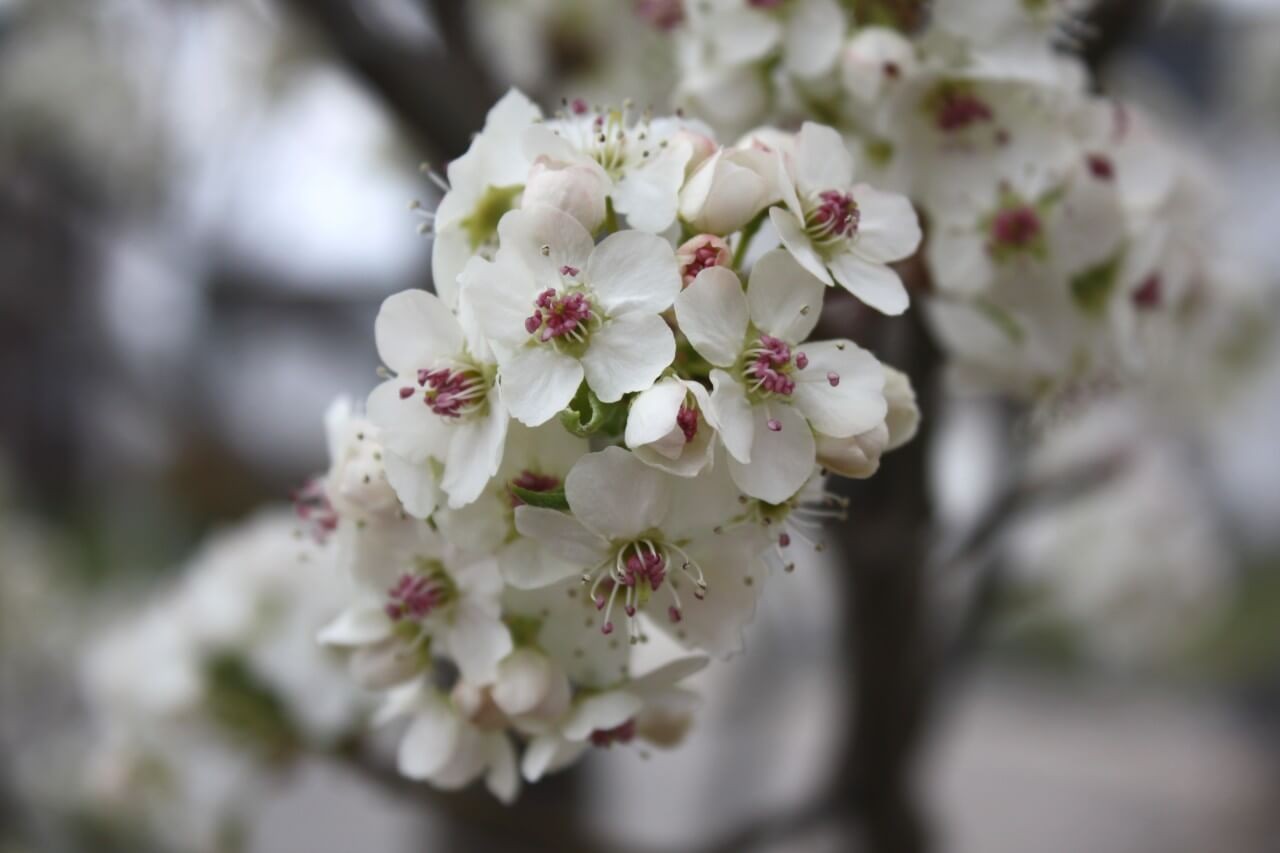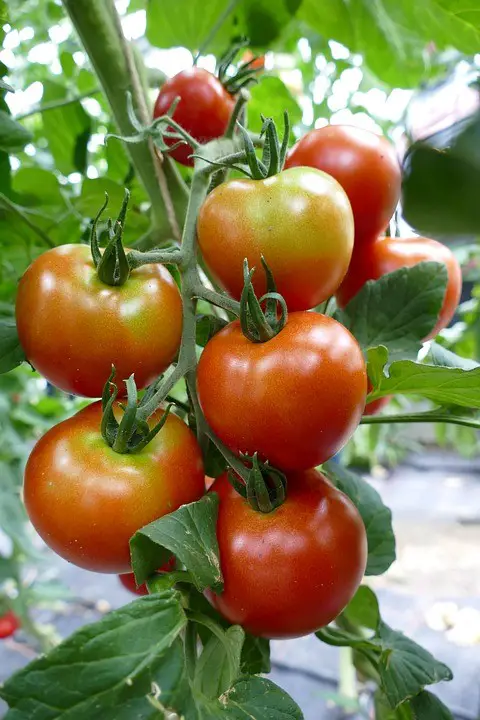Cleveland Pear Tree: A Great Alternative For Bradford Pear
While the Bradford Pear may have once been hailed as the perfect fast-growing ornamental flowering pear, its reputation has taken a hit due to its weak wood and tendency to drop branches. The truth is, homeowners are better off looking to alternatives like the Cleveland Pear, another Callery Pear hybrid that offers similar benefits without the drawbacks.
For starters, Cleveland Pears have a sturdy, reliable growth habit that can withstand harsh weather conditions, making them an excellent choice for landscaping purposes. And with their oval shape and early spring blooming period, they’re sure to add a touch of elegance to any outdoor space. But what really sets Cleveland Pears apart is their lack of weak wood, which means they won’t leave your property looking like it’s been ravaged by a tornado.
Plus, these trees don’t produce copious amounts of fruit that can attract unwanted wildlife and cause problems for homeowners and landscapers alike.
Cleveland Pear Developed as Substitute

The Cleveland Pear (Pyrus calleryana ‘Cleveland Select’), a hybrid pear variety, was introduced as an alternative to the Bradford Pear. This fast-growing tree, which can add 4-6 feet of new growth annually in zones 4-8, turned out to be everything its counterpart was not – a stunning and rapid flowering ornamental with an almost perfect oval shape. Its abundance of snow-white flowers bloom in March (April in colder zones), blanketing the tree like a cloud.
In fall, its vivid green, pear-shaped leaves transform into a brilliant scarlet-red hue for a spectacular autumn color display. The Cleveland Pear can grow up to 30 feet or more, with a spread of 25 feet, and is remarkably resilient – it’s drought-resistant, pest-resistant, and thrives in either full or partial sun. Additionally, it’s not finicky about soil conditions, making it an ideal choice for many gardeners.
Furthermore, the Cleveland Pear boasts a stronger branching pattern, which means it’s less likely to suffer damage under wind or ice assault compared to its cousin, the Bradford Pear.
How to Use Cleveland Pear in the Landscape


Homeowners can utilize Cleveland Pear trees in a variety of ways to enhance their yard’s aesthetic appeal. As a specimen tree, it can be placed prominently in the front yard, or in informal groups of 3 to 5 plants, underplanted with shrubs for added texture and interest. Alternatively, it can be used to line a driveway or property line, creating a beautiful and cohesive look.
Its compact size makes it an ideal choice for small to medium-sized yards or gardens, where it can provide shade and character. Additionally, Cleveland Pear trees can be used as standalone accents, adding a touch of elegance and sophistication to the outdoor space. For those who are sensitive to the fragrance of the tree’s flowers, there is no need to avoid them altogether.
Instead, simply site the tree downwind of activity areas like patios or outdoor kitchens, ensuring that any unpleasant odors are carried away from the living spaces. Similarly, if you’re concerned about the scent being objectionable in a particular area, you can choose not to use it as an accent, instead allowing its natural beauty to shine without overpowering the senses.
Cleveland Pear Maintenance




One of the most low-maintenance trees is the Cleveland Pear, which requires minimal pruning and can develop a symmetrical oval-shaped crown with evenly spaced limbs if allowed to grow naturally. However, it’s essential to ensure the tree has a single central leader, as multiple leaders can compromise its form and weaken the tree.
While the Cleveland Pear is generally pest-resistant, several diseases, such as fire blight, entomosporium, powdery mildew, or crown gall, can affect the plant if proper planting and watering techniques are not followed. To prevent these issues, it’s crucial to adopt correct cultivation practices. If diseases do occur, fungicides and bactericides can be used to control them.
Despite these potential drawbacks, the Cleveland Pear is an excellent choice for a small ornamental tree in home landscapes due to its ideal form, rapid growth habit, strong limb strength, beautiful spring flower display, and vibrant fall color, making it a suitable replacement for the Bradford Pear.






